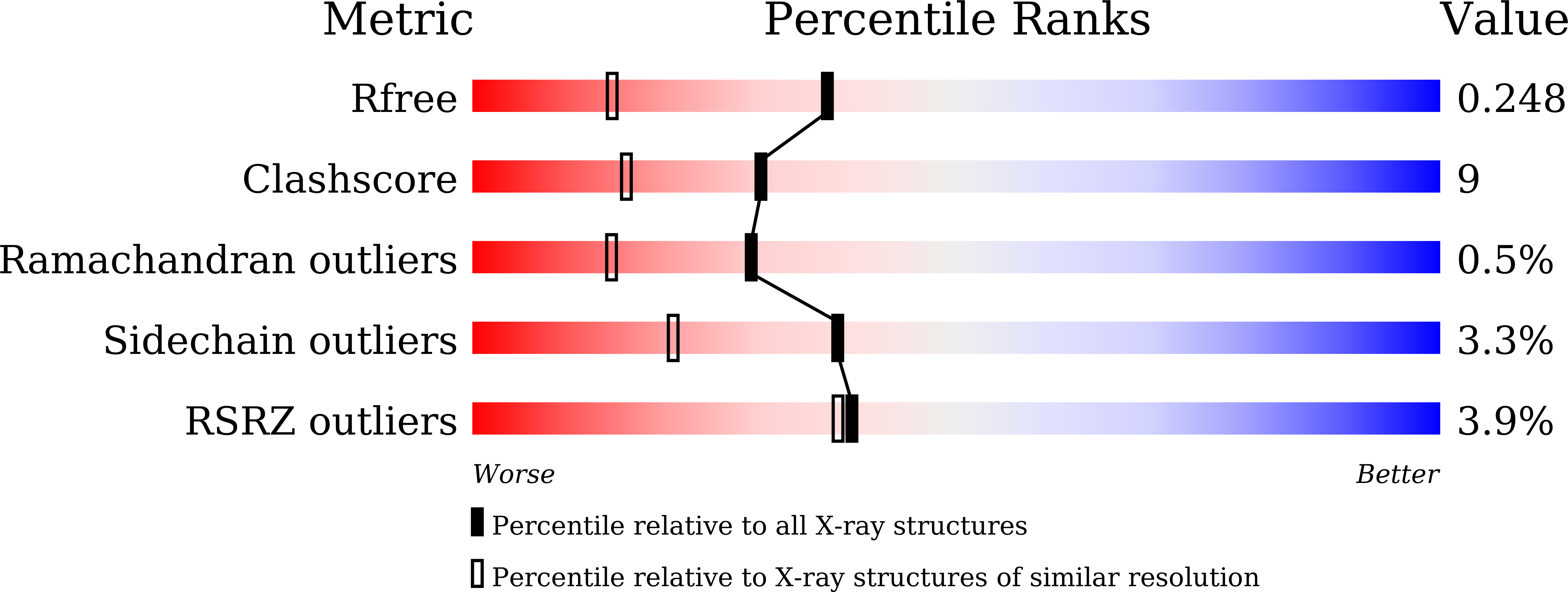
Deposition Date
2022-09-20
Release Date
2022-10-12
Last Version Date
2023-11-08
Entry Detail
Biological Source:
Source Organism:
Pseudomonas jinjuensis (Taxon ID: 198616)
Host Organism:
Method Details:
Experimental Method:
Resolution:
1.78 Å
R-Value Free:
0.24
R-Value Work:
0.20
R-Value Observed:
0.20
Space Group:
P 1 21 1


